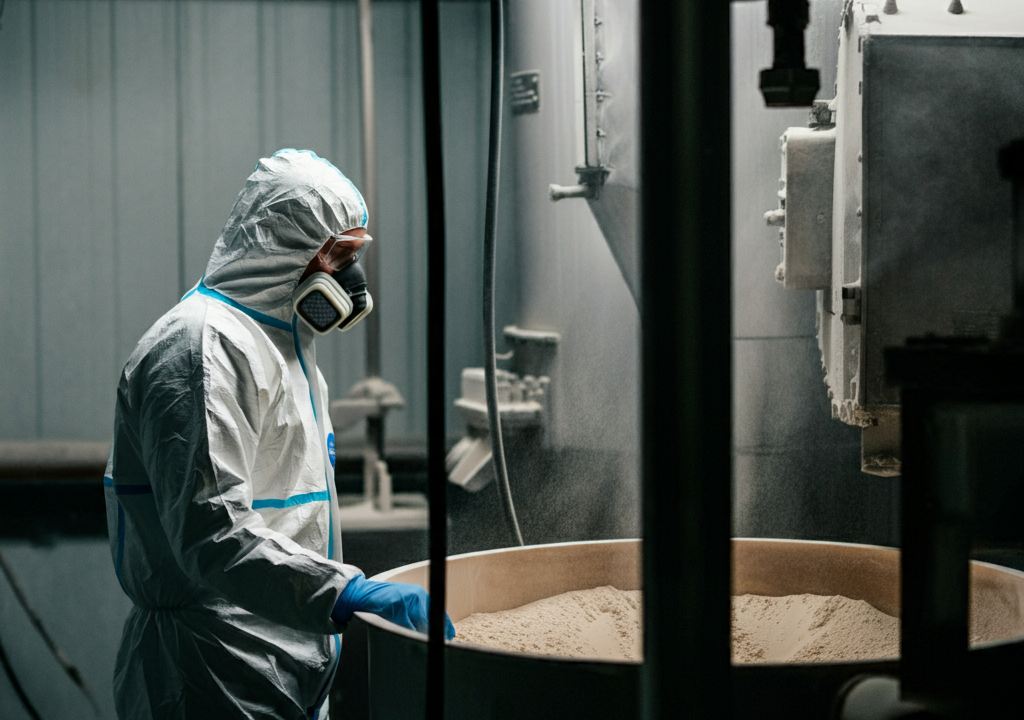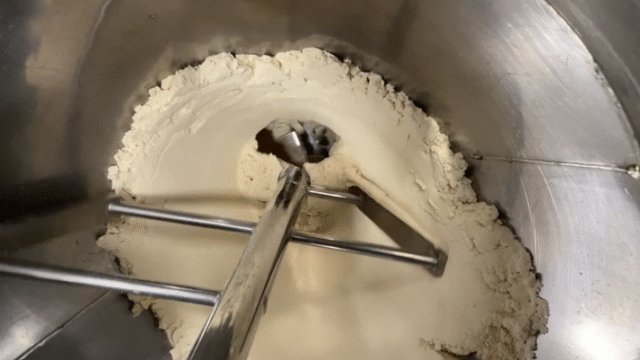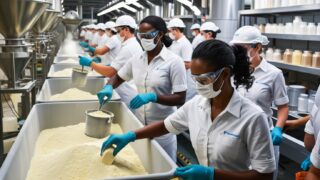Foreign Substance Contamination (Contamination) has a Significant Impact on Product Quality and is a Critical Issue Threatening Safety, Especially in the Manufacturing of Chemicals, Food, and Pharmaceuticals.
To prevent contamination, it is essential to enhance the cleanliness of the manufacturing process and ensure thorough management at all stages where powders are handled.
1. Prevention of Foreign Substance Contamination through the Sealed Structure of Screw Feeders
Screw feeders are primarily devices that transport powder materials in a sealed environment, so the risk of contamination is considered low. However, if the hopper for material input or the feeder’s outlet is open, foreign substances from the outside may be introduced.
To prevent contamination, using a completely sealed screw feeder is highly effective. Sealing the feeding device significantly reduces the risk of external debris, dust, or foreign substances from the work environment entering the process. Moreover, depending on the material, there may be a risk of generating foreign substances due to wear or corrosion, so it is crucial to use materials that are wear-resistant and corrosion-resistant to prevent the generation of metal powder from friction with the powder.
Additionally, regular cleaning and maintenance of the screw feeder prevent the accumulation of foreign substances. The SM screw feeder, designed to allow tool-less disassembly and cleaning of the screw, excels in ease of frequent maintenance.
2. Prevention of Foreign Substance Contamination with Sealed Transport by Air Suction Loaders
Air suction loaders have a structure that facilitates sealed transportation, making the risk of foreign substance contamination during transport extremely low.
However, when suctioning materials using a nozzle, the system becomes open, which entails a risk of contamination, so caution is necessary. To make contamination prevention more thorough, a system can be created where powder materials are stored in a hopper and connected via a hose to the air suction loader mounted on top of the screw feeder’s hopper, allowing powder transport in a completely sealed environment.
Depending on the material, there may be a possibility of the hose wearing down and contaminating the material, so attention to the choice of materials is required.
3. Foreign Substance Contamination Management with Tumbler Mixers
Tumbler mixers use sealed stainless steel tanks for the mixing process, so the risk of contamination during mixing is very low. However, contamination risks cannot be avoided when loading materials, as the system becomes open. To thoroughly address this, it is necessary to take precautions, such as using a filter to remove foreign substances when loading materials.
The only part of the equipment in contact with the material is the inner surface of the sealed tank, so foreign substance contamination during mixing is generally not expected. However, a silicone gasket is used between the tank lid to prevent powder leakage, so it is essential to check during cleaning to ensure that the gasket is not damaged and does not introduce foreign substances.
When handling metal materials, there is also the possibility that metal powder generated from friction with the container may mix in, so considering abrasion resistance and applying lining treatments may be necessary.
To fully utilize the performance of high-seal mixers, it is also important to maintain a clean surrounding environment.
Conclusion
Preventing foreign substance contamination is essential for protecting the quality and safety of products. By combining the sealing of the supply process with screw feeders, clean transport with air suction loaders, and thorough cleaning with sealed tumbler mixers, a manufacturing process with minimal contamination risk can be achieved.
Appropriately utilizing these devices and promoting cleanliness in the production line can help avoid product defects and safety issues caused by foreign substance contamination, ensuring that reliable products are delivered to the market. and designing the hopper’s discharge angle accordingly, clogging can be prevented, enabling efficient operation of transportation devices such as screw feeders.
PLEASE VISIT OUR WEBSITE






